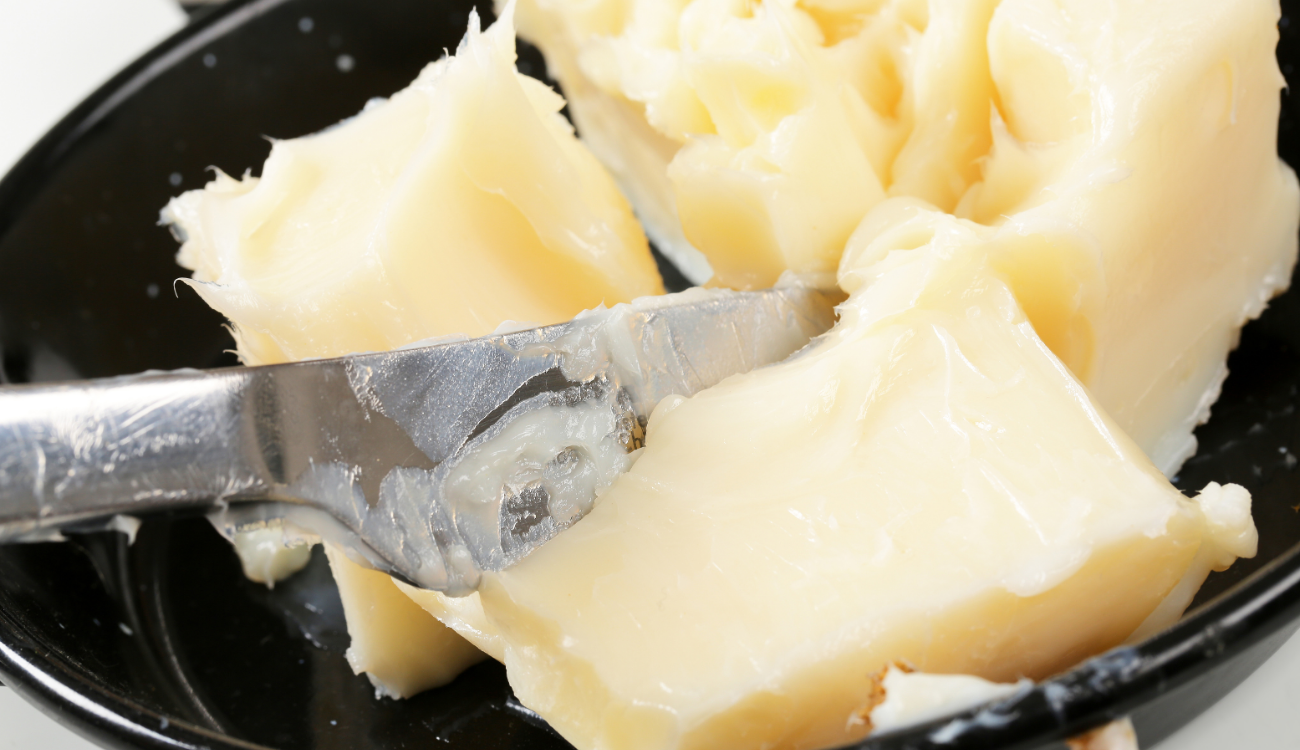BY Raising Nature's Child
Homemade Beef Tallow
Turning beef suet into tallow is a simple process that involves gently melting and filtering the fat to remove any impurities. The result is clean, neutral-smelling tallow that’s perfect for cooking, baking, or even non-culinary applications like natural skincare products.

INGREDIENTS
-
2–3 pounds beef suet (from grass-fed cattle if possible)
-
¼ cup filtered water
-
(Optional) Sprigs of rosemary, a small piece of ginger, or a pinch of salt
INSTRUCTIONS
- Beef suet can be purchased from a reputable butcher or farmer, preferably from grass-fed cattle for higher nutritional value. The suet should be fresh and free of contaminants.
- Trim off any meat, blood vessels, or connective tissue, then cut the suet into 1-inch cubes (or ask your butcher to grind it).
- Place the chopped suet in a heavy pot (such as a Dutch oven) over low to medium-low heat, adding 1/4 cup of water. Alternatively, place it in a 220°F oven, uncovered.
- Stir occasionally as the fat melts (2–3 hours). The fat will separate into liquid tallow and solid particles (cracklings).
- Once melted, strain the liquid tallow through a fine mesh strainer or cheesecloth into a clean, heatproof container.
- Purify the tallow (optional): for greater purity, you can reheat and strain the tallow a second time. Another method is to gently boil the strained tallow for a few minutes, then let it cool and solidify.
- Remove odour (optional): To neutralize any odour, add sprigs of rosemary, salt, or a small piece of ginger while rendering. If left unstrained, the salt will settle at the bottom and can be easily scraped off once the tallow solidifies.
- Store the tallow in glass jars and allow it to cool at room temperature. For a whipped version, transfer the cooled tallow to a stand mixer with a whisk attachment, and whisk until fluffy. Transfer to an airtight container for usage or storage.
TIPS & VARIATIONS
Tallow can be stored for up to a year at room temperature as long as it is kept in a cool dry place in an airtight container, away from heat and light. Alternatively, you can refrigerate it for extended shelf life. Or, pour the tallow into ice cube trays, freeze the cubes, and then transfer them to a freezer bag for convenient long-term storage.





I buy suet from a trusted local farmer and render it by hand. It’s a simple process, and I love having a clean, homemade fat for cooking.
